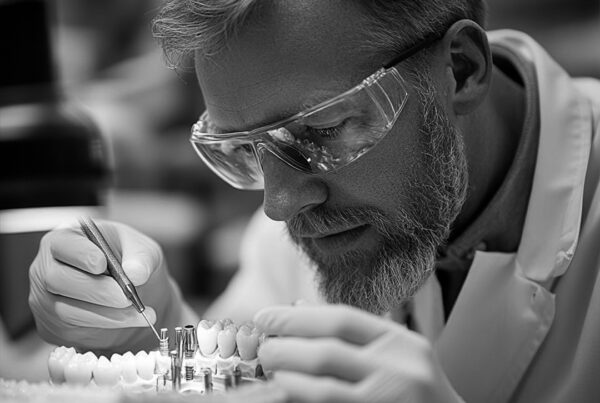
Orthodontics is a branch of dentistry aimed at correcting teeth, jaw structure and facial aesthetics. Orthodontic treatment is used to ensure proper alignment of the teeth, improve chewing function and create an aesthetic smile. Usually, brackets, wires and other orthodontic appliances are used to correct the placement of the teeth.
The treatment process begins with a detailed evaluation of the individual’s dentition and jaw relationships. The dentist analyzes the current situation through X-rays, photographs and models. This is a critical step for the creation of a treatment plan. Although orthodontic treatment is usually preferred in childhood and adolescence, it also offers effective solutions for adults.
The goals of orthodontic treatment include proper alignment of teeth, correction of jaw relationships and improvement of facial aesthetics. Orthodontic treatment is also important for maintaining oral health, as misaligned teeth can cause chewing problems and gum disease.
Advantages
- Ensuring Proper Alignment of Teeth: Orthodontic treatment creates an aesthetic smile by ensuring that teeth are properly aligned.
- Functional Improvement: Properly aligned teeth improve chewing and speech functions.
- Maintaining Oral Health: Orthodontic treatment helps teeth to be cleaned more easily, reducing the risk of tooth decay and gum disease.
- Increased Personal Confidence: Having straight teeth increases individuals’ self-confidence and positively affects their social interactions.
- Long-Term Health Benefits: Proper tooth alignment helps prevent future jaw problems and tooth wear.
- Different Options: Today, there are various orthodontic options available, such as aesthetic braces and clear aligners, which make the treatment process more comfortable.
Disadvantages
- Treatment Duration: Orthodontic treatment can often take a long time; in some cases it may require more than a year.
- Cost: Orthodontic treatment can be costly and may not always be covered by insurance.
- Discomfort: Brackets and wires can be uncomfortable for some patients during treatment.
- Tooth Sensitivity: Temporary sensitivity of the teeth may be experienced after wearing orthodontic appliances.
- Need for Attention and Care: Individuals undergoing orthodontic treatment need to pay extra attention to oral hygiene, which can be challenging for some patients.
10 Frequently Asked Questions
- What is orthodontic treatment?
- It is a branch of dentistry applied to ensure that the teeth and jaw structure are properly aligned.
- How long does the treatment process take?
- The duration of treatment varies from individual to individual; it can usually last from 6 months to 3 years.
- Who is orthodontic treatment suitable for?
- It is suitable for both children and adults; however, the best results are obtained during childhood.
- Are the braces painful?
- Slight discomfort may be felt during treatment, but can usually be controlled with painkillers.
- When will my teeth straighten?
- The time it takes for the teeth to straighten depends on the treatment plan and the individual situation.
- How should I care after orthodontic treatment?
- Regular brushing, flossing and dental check-ups should be observed.
- Do the teeth change after treatment?
- Yes, the position of the teeth changes after treatment and they look straighter.
- Is orthodontic treatment costly?
- The cost of treatment varies depending on the methods used and the duration.
- What should be considered about nutrition during treatment?
- Hard, sticky and sugary foods should be avoided.
- What is the best age to start orthodontic treatment?
- It is generally recommended to start between the ages of 7-12; however, effective results can also be achieved in adults.















